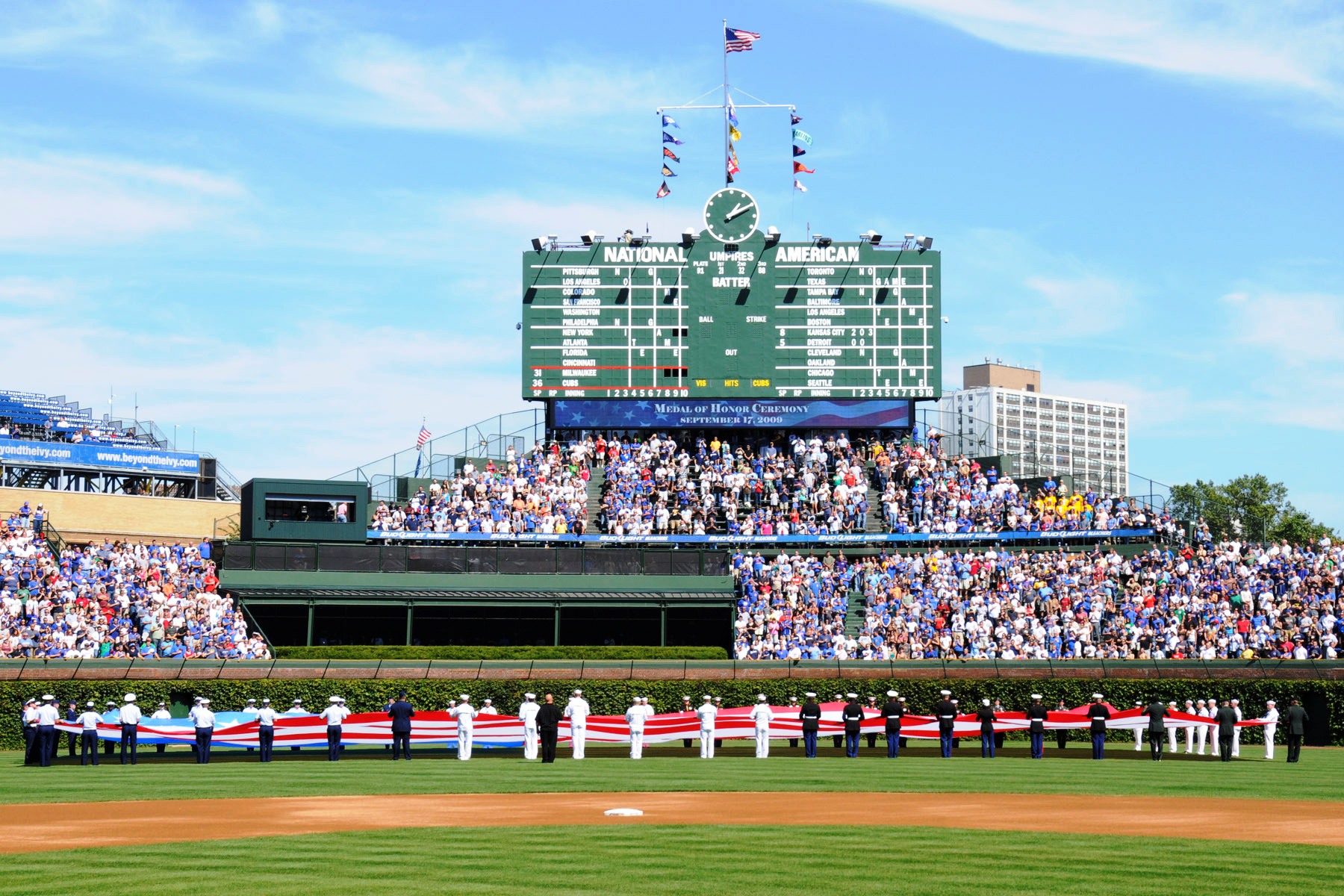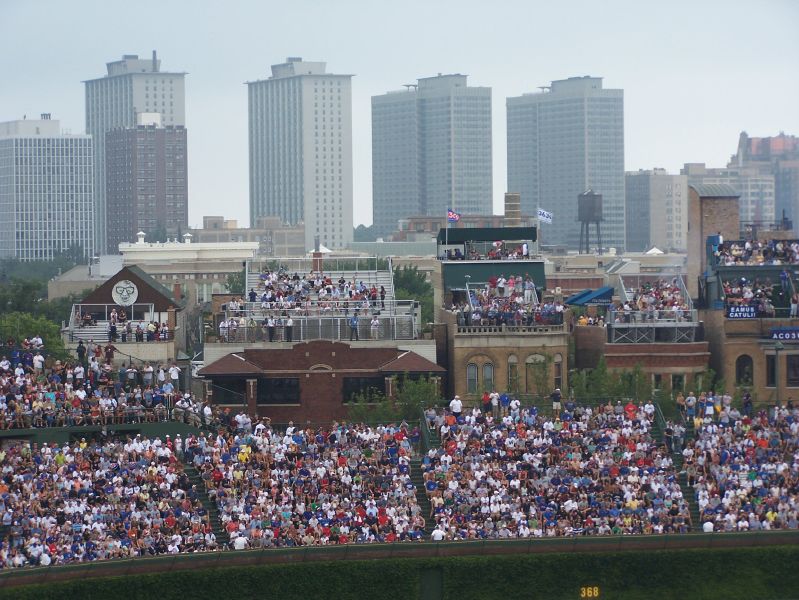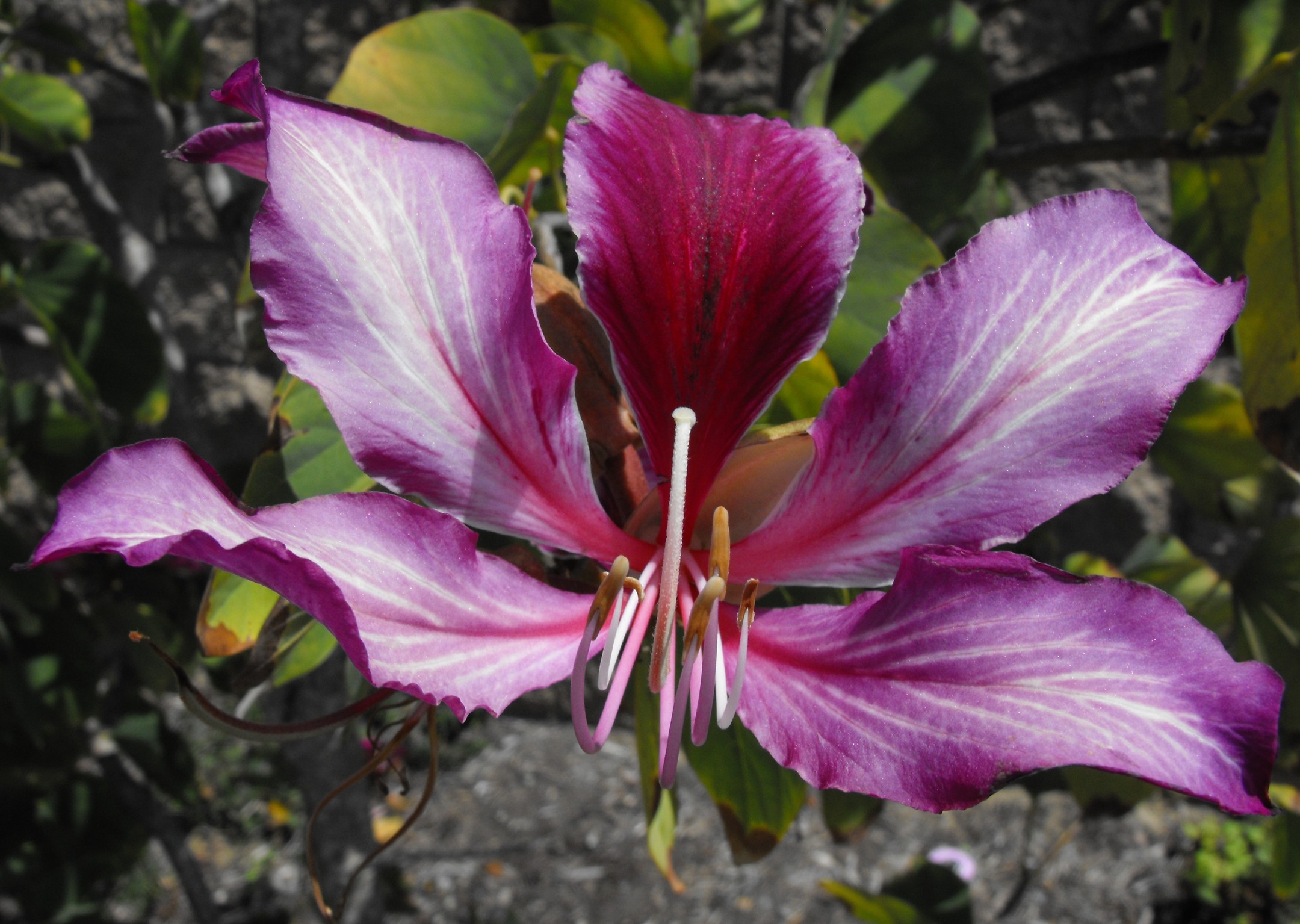Today, our most popular post ever on the blog. Yes, ever...no, I don't know why...but here's an updated look at San Diego's Petco Park.
Picture courtesy of Wikimedia
Nehrams 2020 under CC-BY-SA license
Dropping a notch to #13 on our list of Major League Stadiums, Petco Park is the home of the San Diego Padres who moved here from Qualcomm Stadium (formerly Jack Murphy Stadium) in 2004. It is a downtown stadium in the middle of the Gaslamp District, San Diego’s dining and entertainment heart, and across the street from the convention center. It is one block away from the ocean.
Year opened: 2004
Surface: Grass
Construction cost: $450 million
Capacity: 42,445
Field dimensions: Left field – 367 ft.; left center – 390 ft*.; Center field – 396 ft.; right center – 391 ft.*; Right field – 382 ft.
Home team: San Diego Padres (National League, MLB) 2004 – present
Events attended: One game
*Note: field dimensions with the asterix were moved in for the 2013 season to make the park more hitter friendly.
Picture courtesy of Wikimedia
hober under CC-BY-SA license
Petco was incorporated into the downtown redevelopment zone and preserves a historic building built into the left field stands, the Western Metal Supply building which was declared a historical building during the early phase of the stadium development. This delayed the project (along with political issues – San Diego is known for being very tight with the tax buck) two years. Eventually, it was just incorporated into the stadium. It now houses a restaurant, the gift shop, and the team’s offices along with a few seats for the fans.
It’s a block from the ocean but faces the other direction. This is because batters would be looking into the setting sun if it faced the beautiful ocean view. The view started looking out over a construction zone but is in the process of being developed.
Tony Gwynn had his number retired the day we were there
Wheelchair seating abounds at all levels and a quick call to the team’s office can take care of you and your companion’s needs. We had no trouble at all getting a wheelchair and two companion seats, plus four more seats for my sister’s family in the adjacent row. The Padres practice dynamic ticket pricing. That means prices fluctuate according to demand. This year's Padres don't seem to be a team that would be in such high demand but a quick check on their site shows prices running from $10 to over $100. Call (619) 795-5005 for help with accessible seating.
The outfield is a park on non-game days. During a game, it’s a large grassy area to spread a picnic blanket on. A cheap standing room only ticket gets you access here. There’s also a sand pit at the center field wall for the kids to play in. It’s called “The Beach” but since the park is named after a pet shop, I call it “The Litter Box.”
Food here is on the slightly-better than mediocre side. There’s a good variety of food but most of it is pretty bland. I’ve been told that the food on the club level is excellent, but that is off-limits to most ticket holders. Draft beer selection is excellent.
Picture courtesy of Wikimedia
cooljuno411 under CC-BY-SA license
In the adjacent Gaslamp area, there are a number of mostly pricy restaurants where you can get a pre-game or post-game meal. A few nearby bars also have cheap beer deals you can take advantage of before the game. We like to take advantage of this to ease the budget once inside the stadium.
The staff here is very friendly and helpful. The team’s web site, though, makes it seem that there is scarce parking in the area and will sell you distant parking from the stadium for some pretty hefty prices where you can take a shuttle to the park. We found a non-affiliated parking structure just across from the third base entrance where $10 got us 24 hours of parking. There was plenty to go around too.
Transit access is among the best we’ve seen. The accessible San Diego Trolley has two stations at the stadium. If you’re coming from up north, say Orange County or Los Angeles, it’s easy to take Amtrak’s Surfliner to San Diego, then the trolley from there to the stadium.
Many hotels are in the neighborhood and around trolley stations further out such as Mission Valley. The best, if you can get a good rate, is the Omni San Diego Hotel which is connected to the stadium via a foot bridge and has its own entrance into the park. We did get a $99 rate there but that’s not the usual price.
which is connected to the stadium via a foot bridge and has its own entrance into the park. We did get a $99 rate there but that’s not the usual price.
Before he managed the Padres, Bud Black was the pitching coach with the Angels.
Here he is with Darryl and Tim along with former Angel utility player, Jeff Davanon.
The team is doing miserably this year under the direction of manager Bud Black. Between them and the Dodgers, it's hard to say who's the worst team in the division right now.
All in all, a good park. In the middle of the pack, average but just above mediocre. It doesn’t capture my spirit like PNC Park or the old Yankee Stadium, but it’s still well above other stadiums on the west coast. I’d say it’s second in the west only to AT&T Park in San Francisco.
-Darryl
Copyright 2010-Darryl Musick
All Rights Reserved
Updated for 2013





















































